The biggest advance in green transport has been Power Electronics in Electric Vehicles; it would be unfair to say that the batteries usually hog the spotlight, for among there will be the essential in the back room, performance, efficiency, and safety of EVs. What is Power Electronics Actually, and Why is It So Important for Electric Mobility? Let's Explore.
🌟 What is Power Electronics?
Power electronics essentially involves conversion, control and conditioning of electric via electronic applications. It strengthens the energy movement between sources (like batteries) and loads (like motors). For Electric Vehicles, it bridges the battery and motor.
⚙️ Key Components of Power Electronics in EVs
- Inverters
The battery has to be converted from DC into AC to drive the motor. Modern digital inverters have a regenerative braking feature that transforms the kinetic energy back to energy, thus recharging the battery.
- Converters
· DC-DC converters: step up or step down voltage levels between the battery and the vehicle's subsystems (say lights, infotainment, etc.)
· On-board chargers: converts AC as supplied by the grid to DC for charging the battery.
3. Control Units
Microcontrollers or DSPs typically park in Electric Vehicles modules to control
switching operations, to ensure necessary conditions for operation, and to
optimize their performance.
⚡ Why Power Electronics is Vital in EVs
- ✅ Efficiency: Enhances utilization of the energy, which in turn extends the vehicle ride.
- ✅ Precision Control: Implements the smooth electric drive that covers acceleration, torque control, and regenerative braking.
- ✅ Thermal Management: In this manner the temperature of the system is maintained within safe limits.
- ✅ Compact & Lightweight Designs: This is most likely essential for vehicles because the overall size and weight of the EV system are reduced by the DLL concept.
- ✅ Reliability & Safety: Modern systems now have built-in overcurrent protection, voltage protection, and overheat protection.
🔋 Trends in Power Electronics for EVs
- SiC (Silicon Carbide) and GaN (Gallium Nitride) devices have replaced silicon devices that offered advantages of faster switching, greater efficiency, and compact designs in recent times.
- Tendencies are also witnessing the trending growth of V2G applications Wireless charging systems and bidirectional converter for Vehicle-to-Grid (V2G) applications have also heated hot lines.
Final Thoughts
Power Electronics in Electric Vehicles is the lifeblood of every electric vehicle. Beginning with managing energy transfers and culminating in a smooth driving experience, power is now all set to make the EVs more efficient, compact, and smart. With traditional vehicles being replaced by electric vehicles at breakneck speed, there is already an explosion of demand for qualified engineers, especially in power electronics.
Are you among the legion of students or those enamoured with engineering? Then you should become involved projects that relate to electric vehicles, such as inverter design, building battery management systems, or even designing DC to DC converters-it's an excellent entry into the EV revolution.
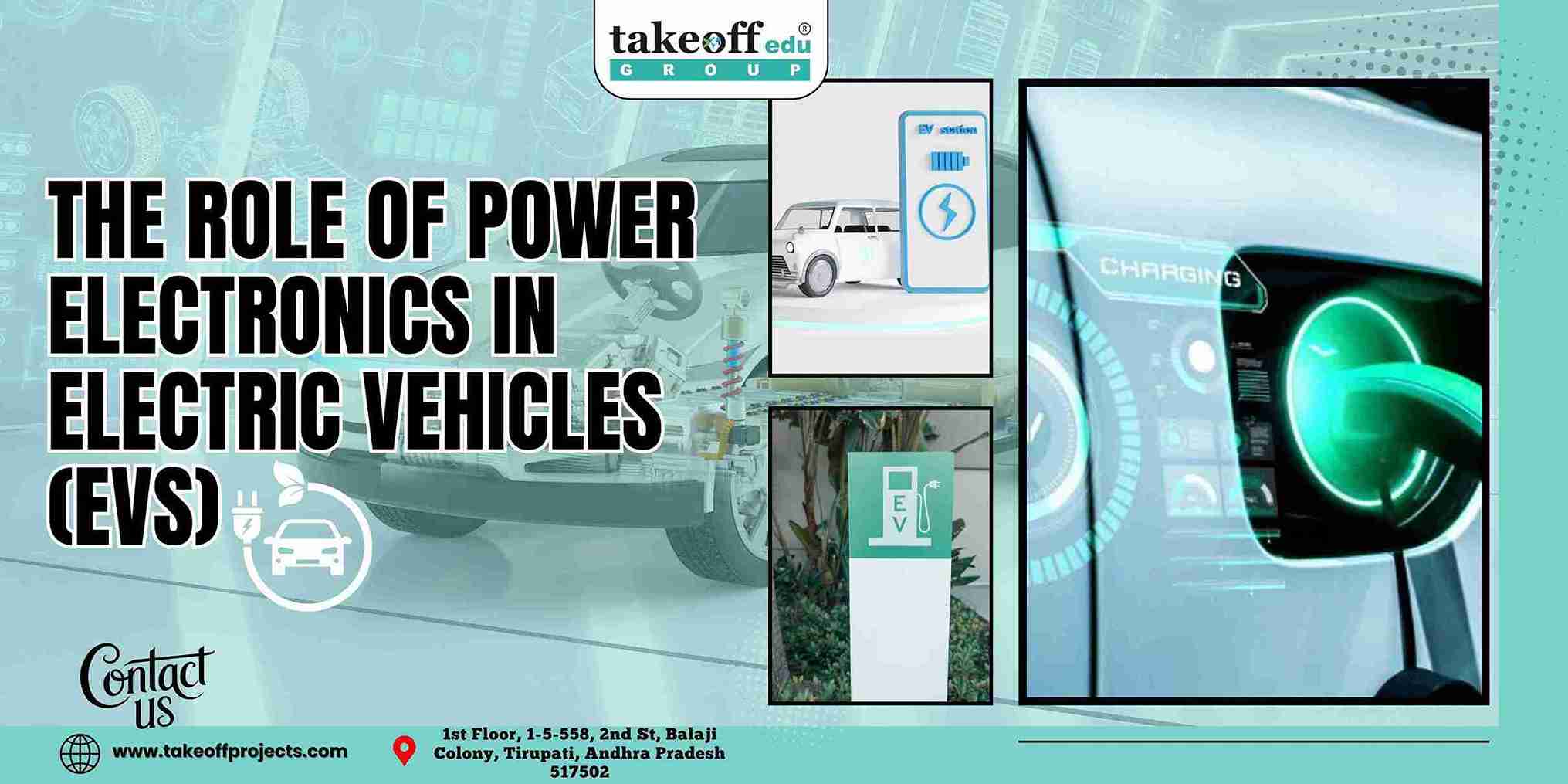
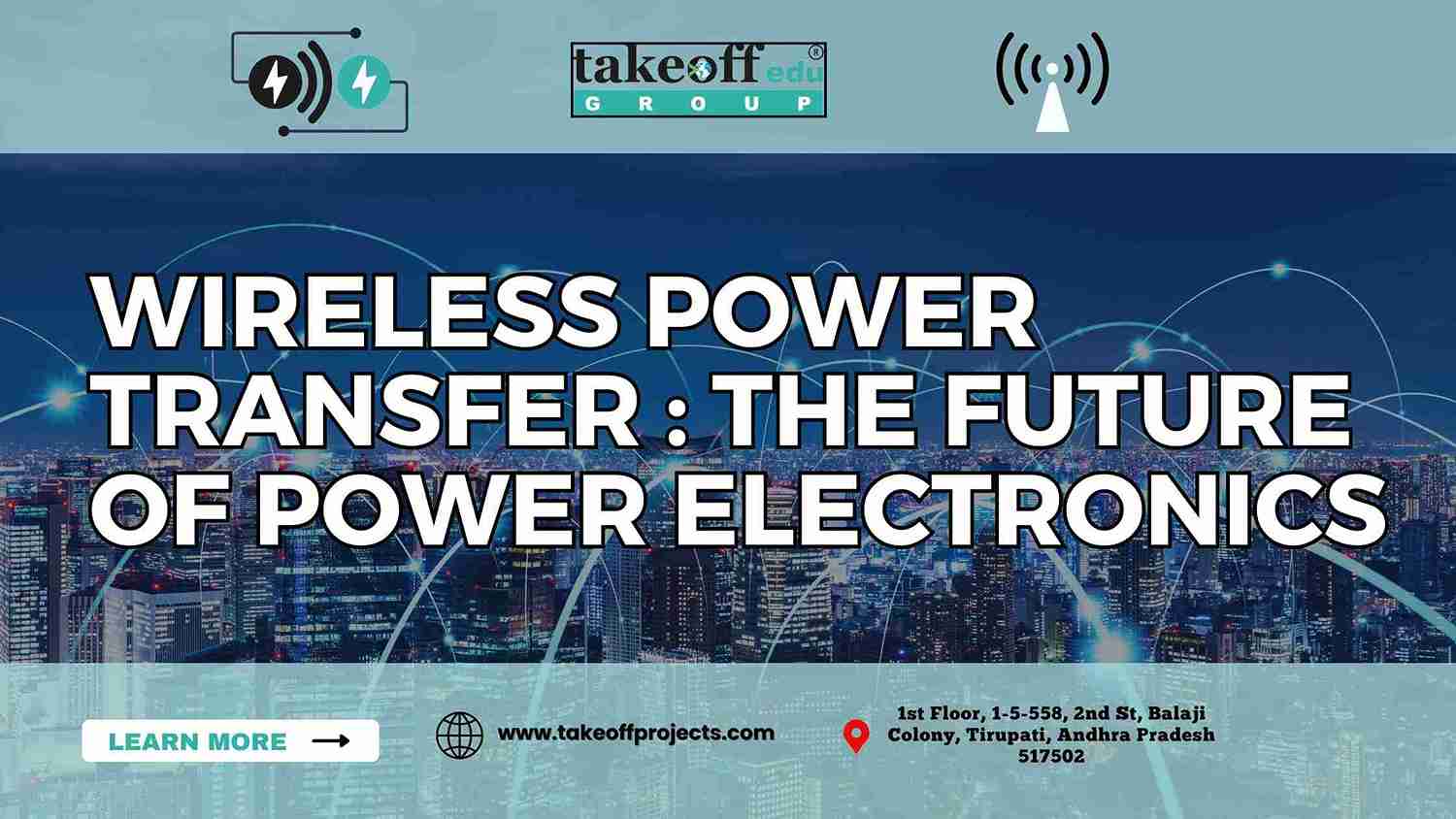 Wireless Power Transfer: The Future of Power Electronics
Wireless Power Transfer: The Future of Power Electronics 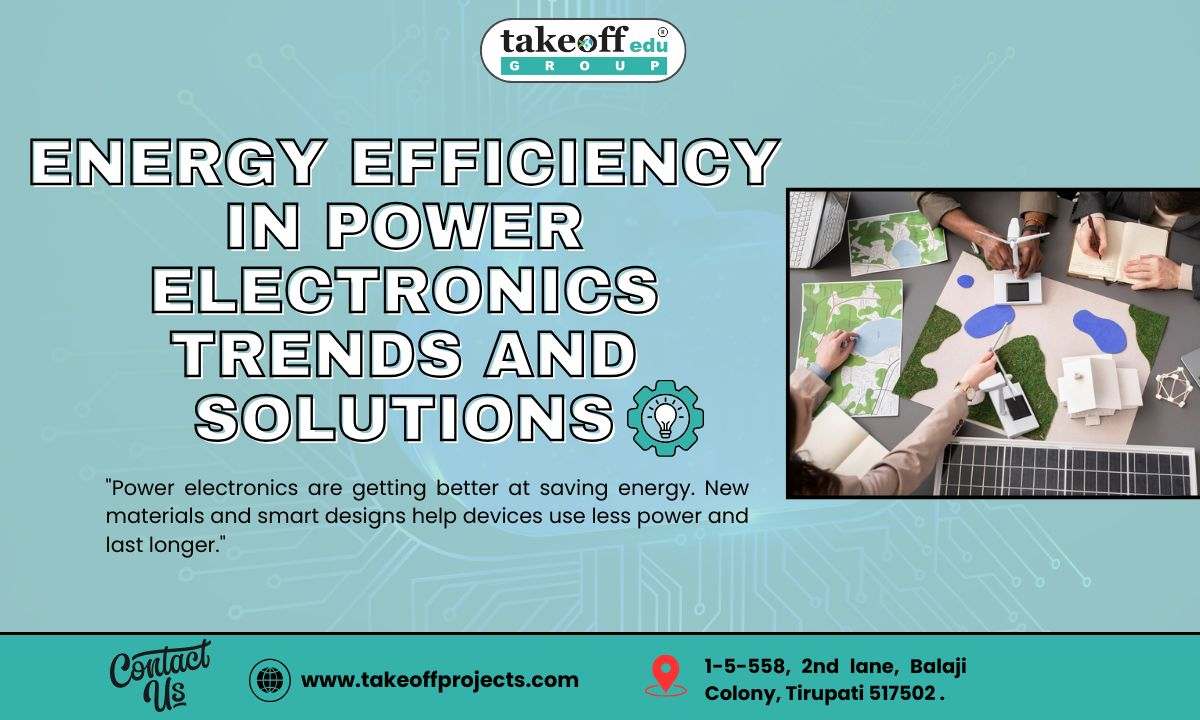 Energy Efficiency in Power Electronics: Trends and Solutions
Energy Efficiency in Power Electronics: Trends and Solutions  Thermal Management in Power Electronics: Best Practices
Thermal Management in Power Electronics: Best Practices 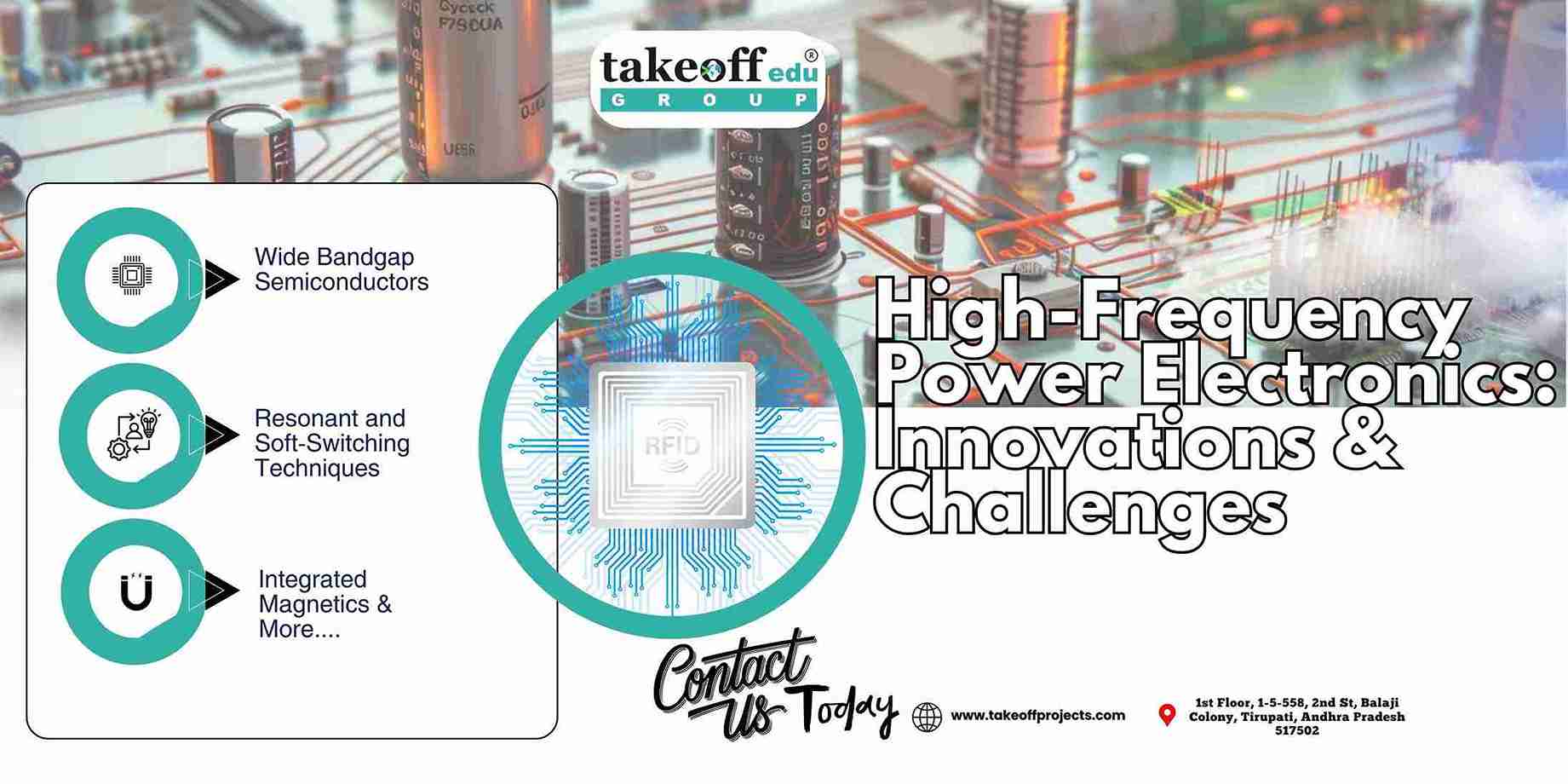 High-Frequency Power Electronics: Innovations and Challenges
High-Frequency Power Electronics: Innovations and Challenges 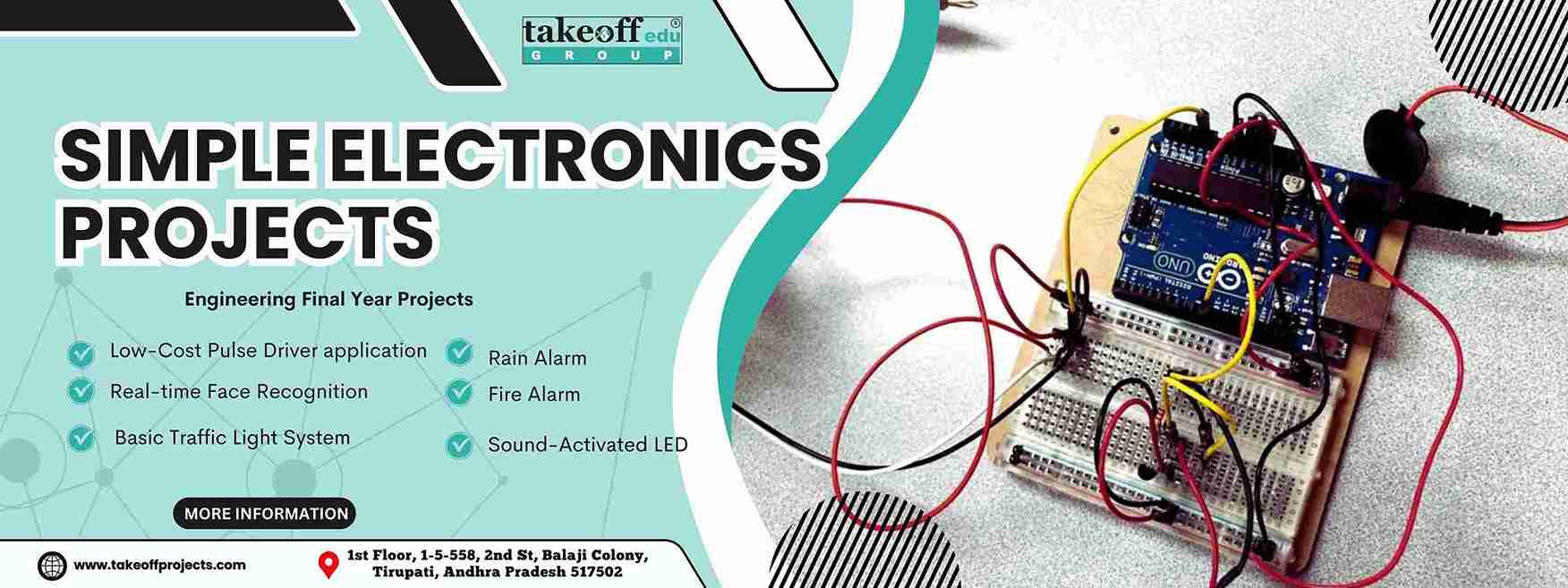 Simple Electronics Projects
Simple Electronics Projects  Wireless Communication Projects for Engineering Students
Wireless Communication Projects for Engineering Students  Electronics Projects for Engineering Students
Electronics Projects for Engineering Students  M.Tech Electronics Projects
M.Tech Electronics Projects 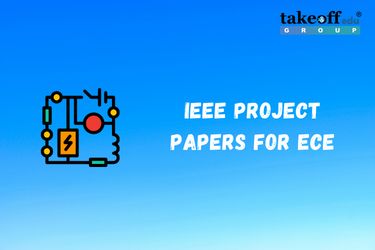 IEEE Project Papers for ECE
IEEE Project Papers for ECE 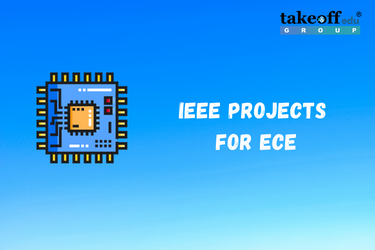 IEEE Projects for ECE
IEEE Projects for ECE 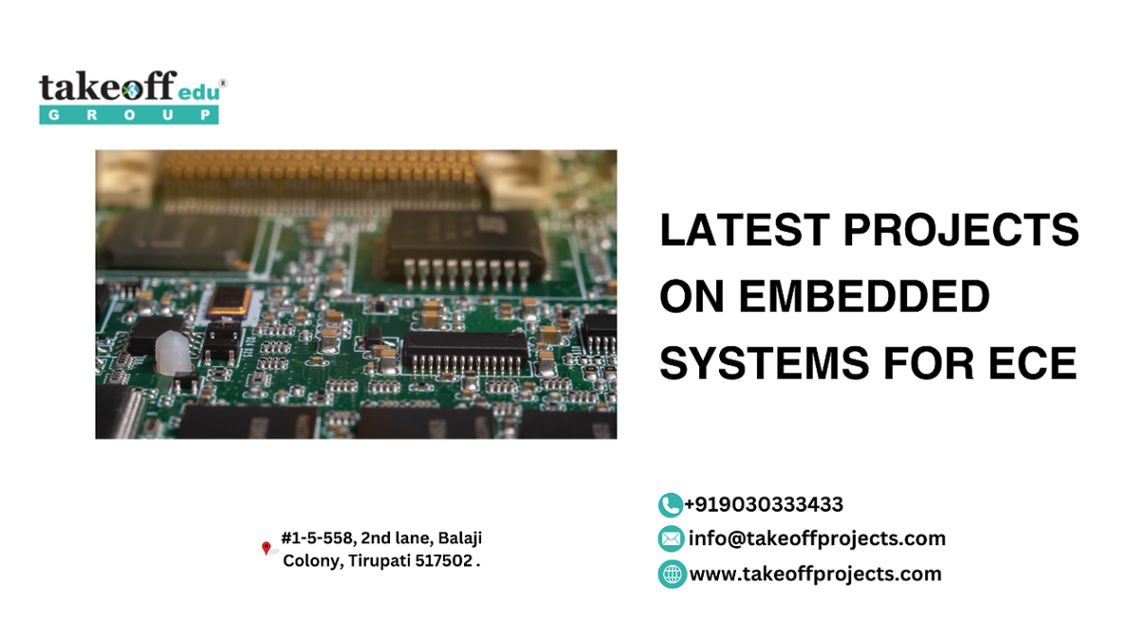 Latest Projects on Embedded Systems for ECE
Latest Projects on Embedded Systems for ECE 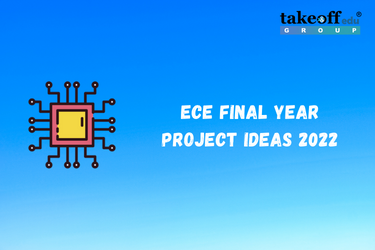 ECE Final Year Project Ideas 2022
ECE Final Year Project Ideas 2022  Latest Mini Projects for ECE
Latest Mini Projects for ECE 
 Paper Publishing
Paper Publishing


